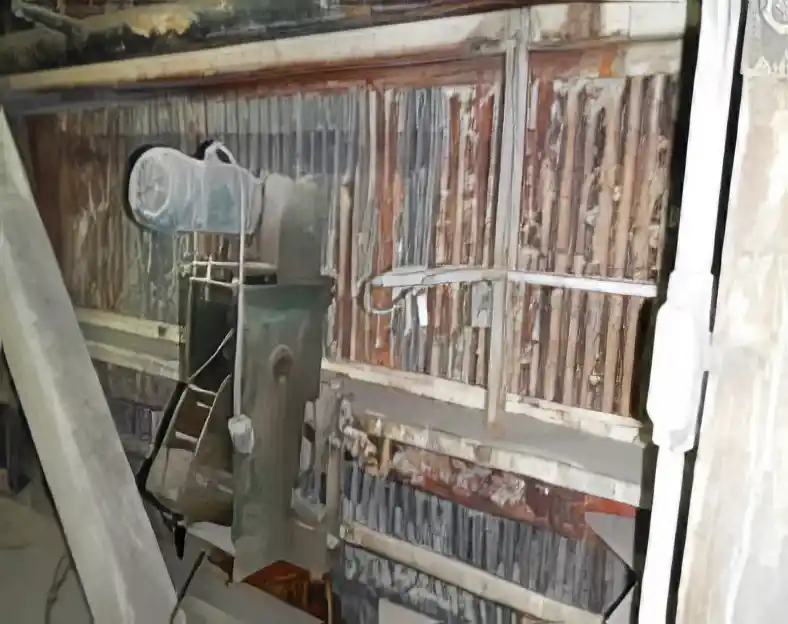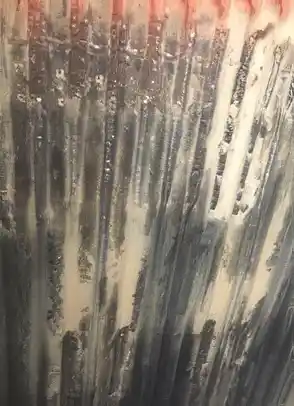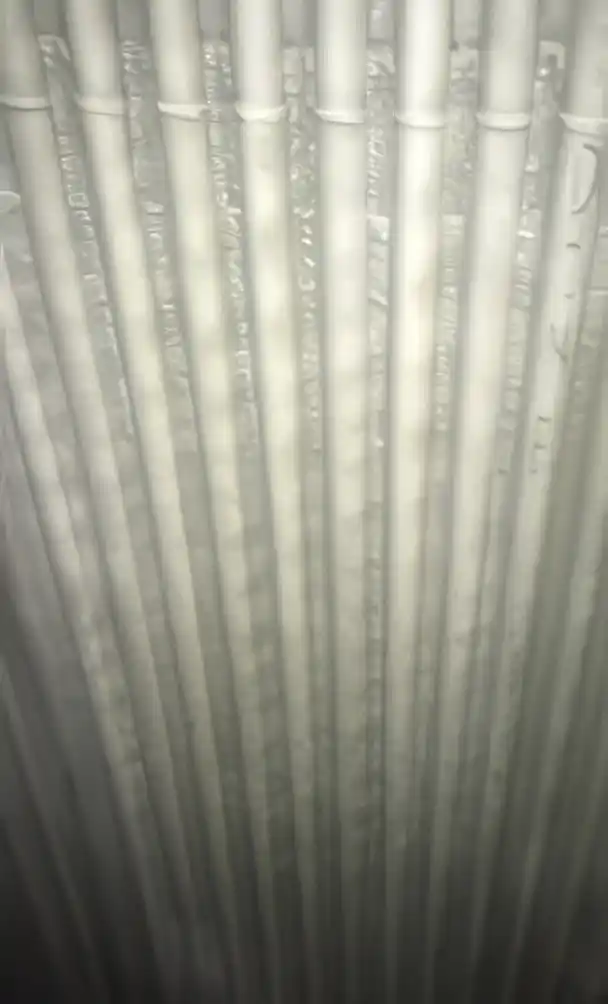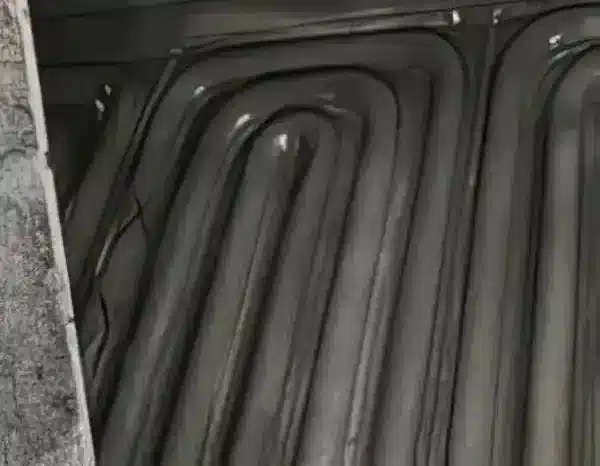Behavior of High Velocity Thermal Spray in a High and Low-Temperature Erosion/Corrosion Environment
Introduction
A US-based copper complex with similar operations to Codelco Chuquicamata’s uses waste heat boilers to recapture heat from its copper flash smelters via the FS flue gas stream. This increases facility efficiency and can lower operating costs, however, the flue gas streams contain SO2 and other sulfur compounds, salts and metal oxides/ash; which leads to corrosion, erosion and accretion build-up in the waste heat boilers.

Technical Evaluation and Performance Validation
To protect the WHB waterwalls from corrosion and wastage, the copper smelter plant installed a different coating from another supplier (not IGS) in 2012 and 2014. This coating provided some protection but showed evidence of cracking and spalling in some areas. To ascertain the condition of the coating, a sample of the previously installed coating was sent to IGS Technology Solutions’ laboratory for a metallurgical and corrosion analysis.
Cross-sectional analysis via SEM EDS revealed extensive media penetration. A high coating thickness and insufficient chromium content without deoxidation fluxes led to excessive oxidation, porosity, and cracking in the coating microstructure. Sulfur species penetrated through the bulk of the coating along the porosity and cracking. To prevent cracking and porosity, and extend the lifetime of the applied HVTS coating, it was recommended to use a high chromium, alloy-modified HVTS wire such as IGS 5450 and IGS 5470, to limit oxidation and cracking during application and prevent the formation of corrosive media pathways.
High Corrosion and Erosion Potential
From the process and technical evaluation conducted by IGS, it was determined that the waste heat boilers experienced high-temperature erosion/corrosion as well as low-temperature acid corrosion and accretion formation in certain areas.
High erosion/corrosion rates led to coating failure and premature thickness loss of the base metal. Numerous field repairs and panel replacements increased shutdown schedules, being on the critical path of the turnaround, impeding the availability of the plant.


High Velocity Thermal Spray (HVTS) Alloy Upgrade
In May 2020, the plant engineers requested Integrated Global Services (IGS) to install a cladding solution. IGS is a global company providing metal upgrade services for corrosion and erosion protection during turnarounds. After a comprehensive study of the environment, IGS recommended and applied IGS 5450 (to 16m2 of the hot side) and IGS 5470 (to 19m2 of the cold side). A 109 m2 project followed the initial success of the May application, in the same year. In 2022, an inspection showed the HVTS cladding stopped the metal loss caused by corrosion of the base material and reduced the erosion and accretion formation factors significantly.
Improved Maintenance Strategy Delivering Impactful Benefits
Repetitive maintenance costs had a high financial impact on the smelter’s operations. The previous maintenance strategy of continuous cleaning, repairs and replacement, as well as unqualified coatings, was not compatible with the team’s goal of reduced costs and surface life extension.
The positive outcome of the IGS cladding solution is reduced repairs and replacements in the applied sections, showcasing IGS’s innovative solutions, and delivering both commercial benefits and engineering excellence.

Free consultation with an IGS Subject Matter Expert
IGS is here to provide information, answer questions and create an effective solution for your needs.

